Nánfāng’ào (南方澳) is a major fishing port in Su'ao, Yilan, on the east coast of Taiwan. It is located just south of the end of the Lányáng Plain (蘭陽平原), where a rocky headland juts out into the ocean to form a natural harbour. It opened in 1923 after development by the Japanese colonial authorities and is now considered one of the top fishing ports in the nation, often ranking in third place by measures unknown to me, and is particularly known for its record-breaking mackerel catch. Part of why the port is so productive has to do with the nutrient-rich Kuroshio Current (黑潮, literally “Black Stream”), which lies just offshore.
I stumbled upon Nanfang’ao1 entirely by accident one afternoon in May 2014 while out on an impromptu bicycle trip. I was, at that time, staying at the surprisingly opulent RSL Hotel for a conference (itself an interesting tale of synchronicity and coincidence for another time) when I noticed some creaky old bicycles out front. The staff of the hotel informed me that I was welcome to take one out for a spin to do some sightseeing—so that’s precisely what I did one morning, not wanting to waste an opportunity to explore a part of Taiwan I knew little about.
After exploring the area immediately adjacent to the hotel—including an abandoned building that I later dubbed the leaning tower of Su’ao—I headed south along the shoreline below the northern end of the Suhua Highway (蘇花公路) to check out a harbour town I had noticed while browsing Google Maps. It was a tough ride in the stagnant heat of early summer, particularly on such a rusty, ill-maintained bike. Along the way I passed the bland and nondescript bulk of the more commercial Port of Su’ao, derelict military fortifications, cement industry facilities, and what might have been an abandoned gas station before reaching the outskirts of Nanfang’ao.
I was immediately drawn to the more remote eastern side of town the moment I saw the lovely but ill-fated Nanfang’ao Bridge (南方澳大橋) spanning the mouth of the harbour2. Crossing the bridge provided me with a good overview of the entire settlement as you can see from the photograph below. From there I cruised along the road on the outer rim of the harbour, stopping to poke my nose into several side streets without knowing what to expect. Unfortunately I did not chance upon Tofu Cape (豆腐岬), so named for its resemblance to one of the most quintessential elements of Taiwanese cuisine, which would have been fun to photograph and immortalize here. Maybe next time.
The outer rim of the harbour is lined with shipbuilding yards, warehouses, workshops, net lofts, and other facilities necessary to support the fishing port. Several of the shipbuilding operations looked surprisingly old school, working with ships propped up on wooden beams rather than with the more modern machinery I have seen in other ports. I suppose these might be legacy businesses—holdouts from a bygone era. One particular shop, the Dàjìnzào Shipyard (大晉造船廠), is especially picturesque. Whatever the case, it was interesting to watch work proceed in these shops at the edge of Nanfang’ao.
I may have missed the Cape of Tofu but I did manage to find one of the secrets of Nanfang’ao in my exploration of the eastern edge of town. Beyond the last housing complex I ascended a road leading up a hill in search of a better view. At the crest of the hill I was rewarded with the sight of Bōlíhǎi Beach (玻璃海灘, literally “Glass Beach”), which, as I understand it, is named for the preponderance of polished sea glass that can be found there3. I parked my bike, hopped a fence, and clambered down a steep rope-lined trail for a closer look.
Down by the water I soon found a small cave lined with igneous rock formations and, to the right, a series of ropes and handholds leading to what I would assume is a good place to fish or go crabbing. Inside the cave I turned to capture the wild shores of Yilan, a primal coastline where the vast forces that shape our world interact in a slow, ponderous symphony of tectonic uplift, orogeny, and erosion. I then continued along the coast, ambling over and around many obstacles as I made my way long the coast to a rocky promontory that might be called Zéizǐ’ào (賊仔澳)4. Another rope trail leads over the bare rock face to a short trail through the hardscrabble vegetation above. From here you can look back and see the entire bay.
Back on the other side of the hills I rode around to the beautiful Nèipí Beach (內埤海灘) and an extraordinary view of the uninhabited coastline disappearing over the horizon. The beach is actually the seaward side of the sandbar that forms the southern end of Nanfang’ao Harbour. Without much effort I rode over the small hill separating the beach from the back of the harbour and started to explore what might be found in the more central part of town.
The first thing I noticed was the unusual rooftop statue jutting out of Guǎngfǎtàizǐ Temple (廣法太子宮). This is almost certainly a representation of Nezha, also known as the Marshal of the Central Altar (中壇元帥). I continued along the back of the harbour, turned a corner, and a much larger temple came into view.
Nántiān Temple (南天宮) is one of two famous temples in Nanfang’ao (but the only one I visited). It is, as you might expect, dedicated to Mazu (媽祖), goddess of seafarers and fisherfolk, and easily the most popular deity worshipped in Taiwan. At the time I knew nothing of the backstory to this temple and wasn’t able to appreciate its unique history—but now having done some research for this post there is quite a tale to tell!
The story goes like this: in the late 1980s a fishing boat bound for Toucheng (a township at the opposite end of the Lanyang Plain in northern Yilan) docked at Nanfang’ao due to poor weather conditions. Port authorities boarded the ship and discovered smuggled goods from China in the hold. Among these smuggled goods were several statues of Mazu that had come from Méizhōu (湄州), her legendary place of birth more than a millennium ago. Locals pleaded with the authorities to spare the statues from destruction and their wish was eventually granted. Now these idols rest in altars in various parts of the rather extensive temple complex. To describe their actual properties I will quote local resident Chen Chan-chin (陳長欽) from this Taipei Times article:
On the building’s first floor, visitors can see a statue of Matsu with a human face, which represents Matsu before she became a goddess. The second floor houses a black-faced Matsu statue which was made from 4.5 tonnes of black jade from Canada, which represents the spirit of Matsu when she leaves her body to save people. On the third floor sits a golden Matsu statue made from 198kg of gold, which represents Matsu at the time of her ascension.
Nanfang’ao is also famous for fresh seafood and its many seafood restaurants, particularly since the opening of Freeway No. 5 in 2006, which drastically reduced the travel time from Taipei. I did not stop to sample more than a humble bowl of fish meat soup so I don’t have too much to report except that the hustle and bustle of the wet market was a sight to behold!
I hope you enjoyed this brief photo essay about the fishing port of Nanfang’ao. If this story aroused your interest I recommend reading this excellent piece in Taiwan Panorama and checking out some of my other posts from Su’ao.
- A small note about pinyin: syllables that begin with a vowel are separated by apostrophes to reduce ambiguity e.g. without a delimiter “Nanfangao” can be read as “Nan fang ao” or “Nan fan gao”. ↩
- Sadly this bridge collapsed in October 2019 for reasons that are still under investigation. It no longer exists. ↩
- Apart from polished glass I also found weathered bricks, plenty of driftwood, and what appears to be a mostly illegible tombstone. ↩
- In reading up on the geography of the area there seems to be some confusion about whether Zeizi’ao refers to the promontory or the entire bay or something else entirely. ↩
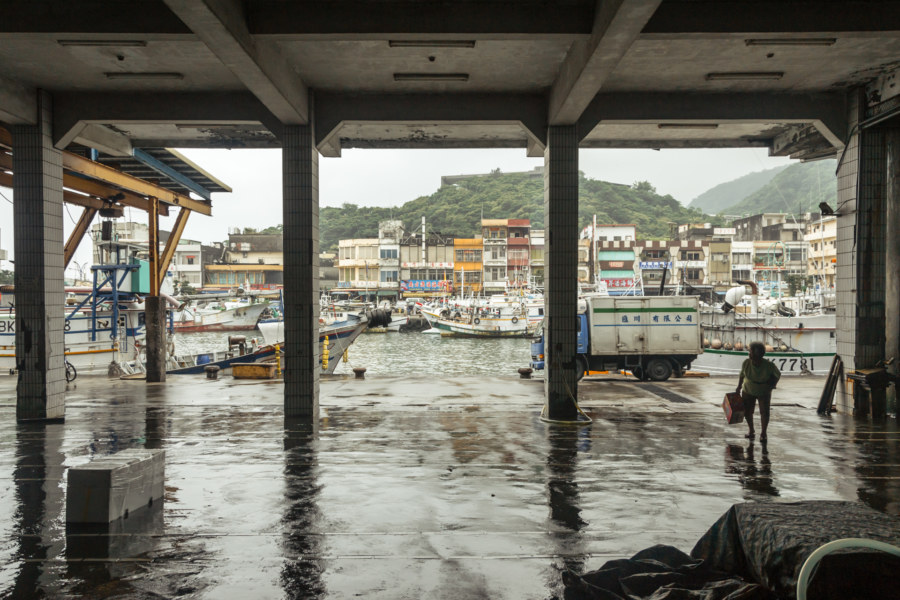
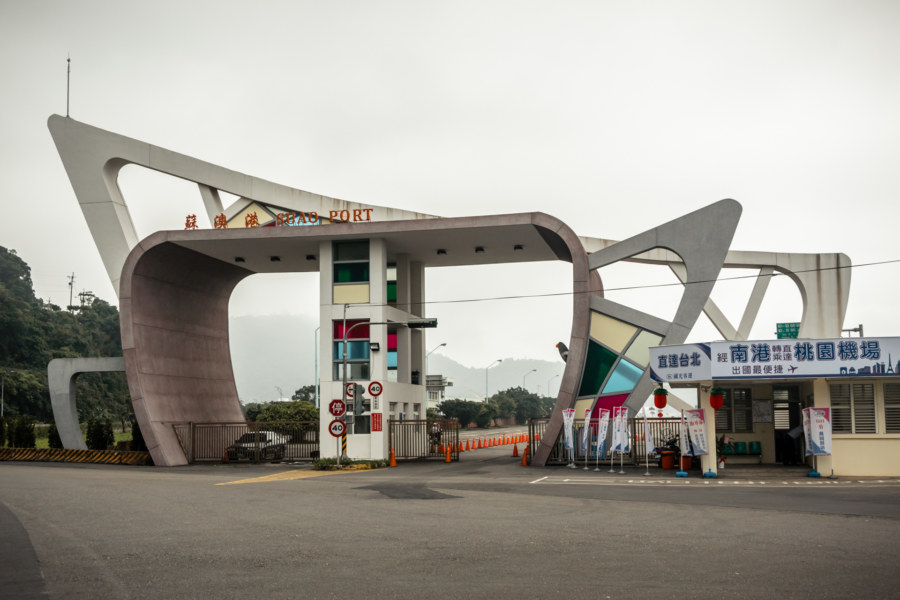
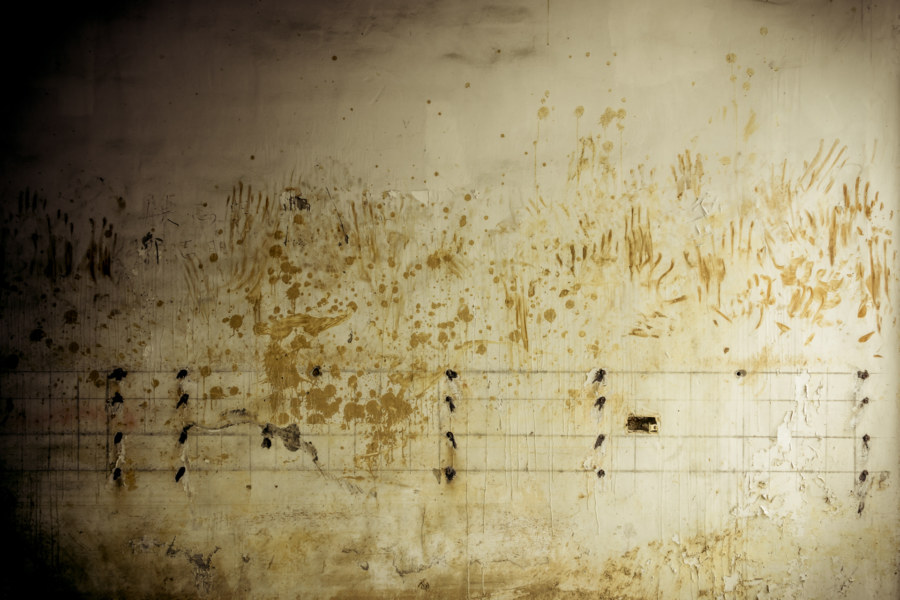
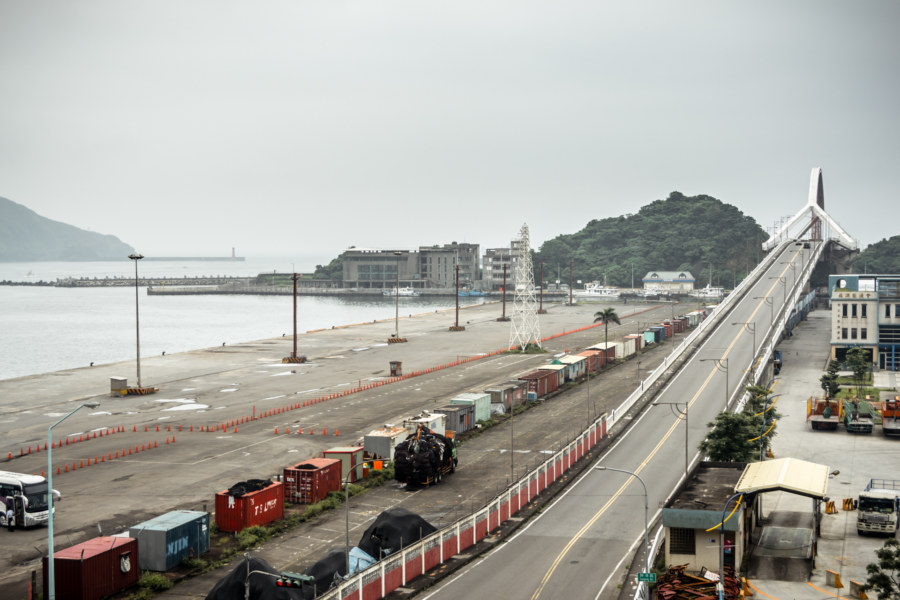
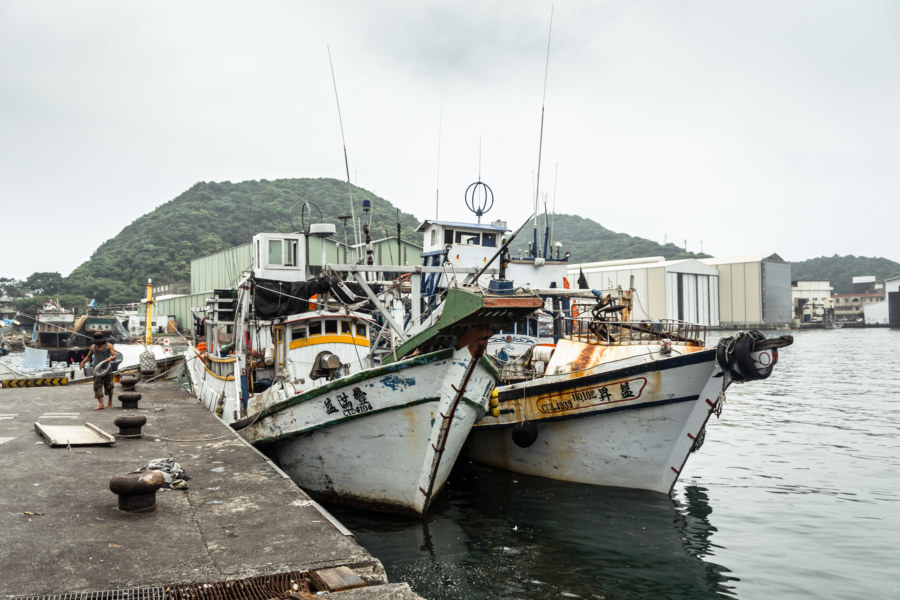
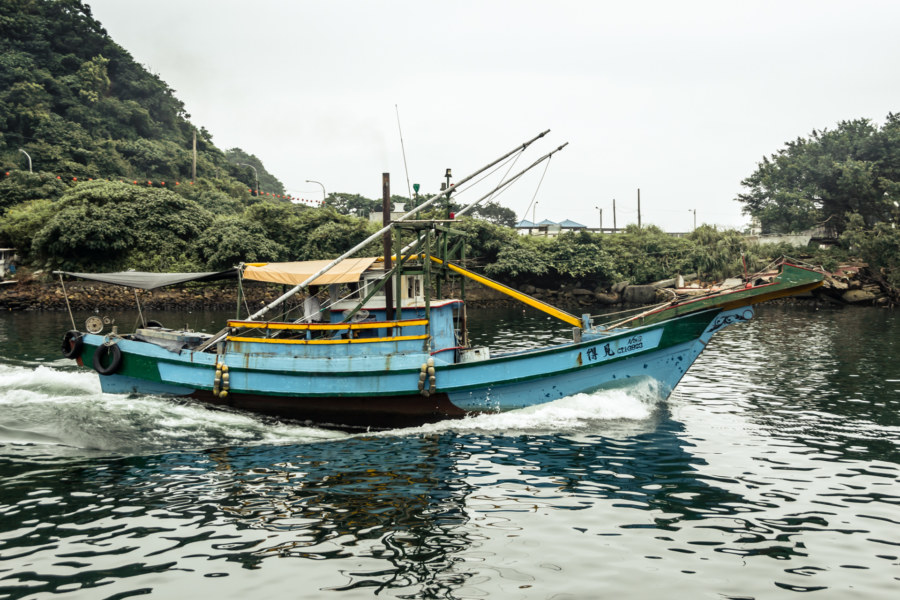
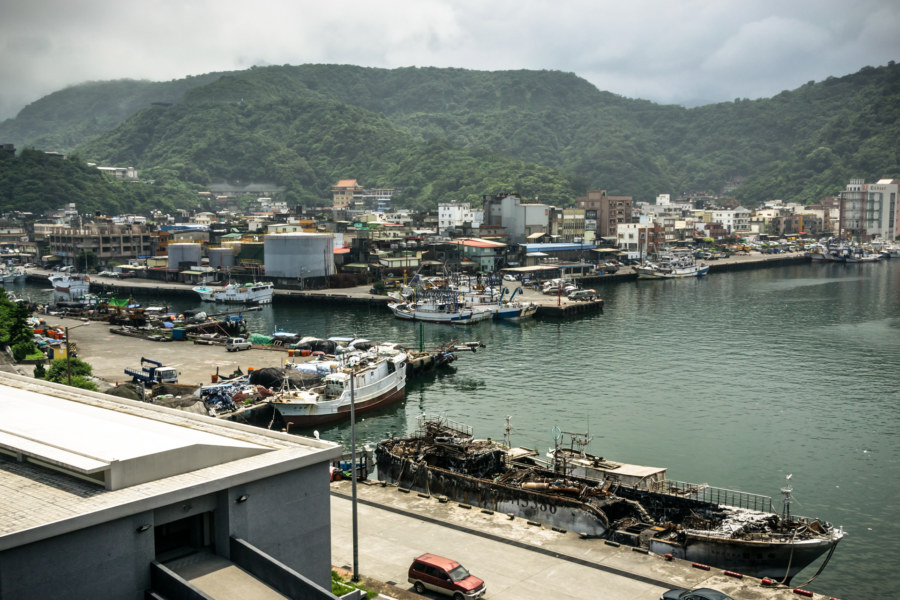
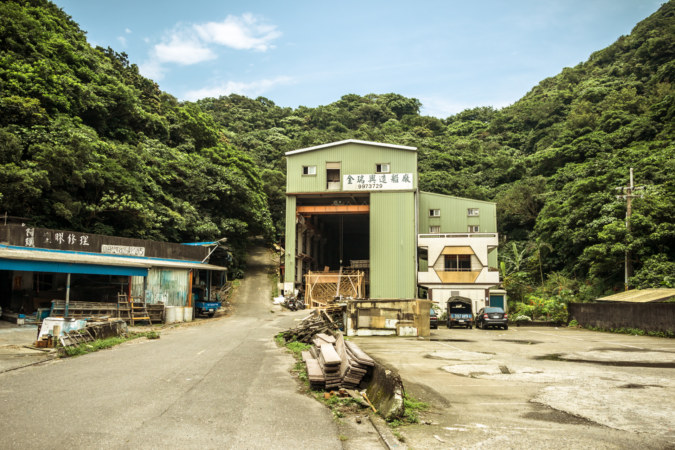
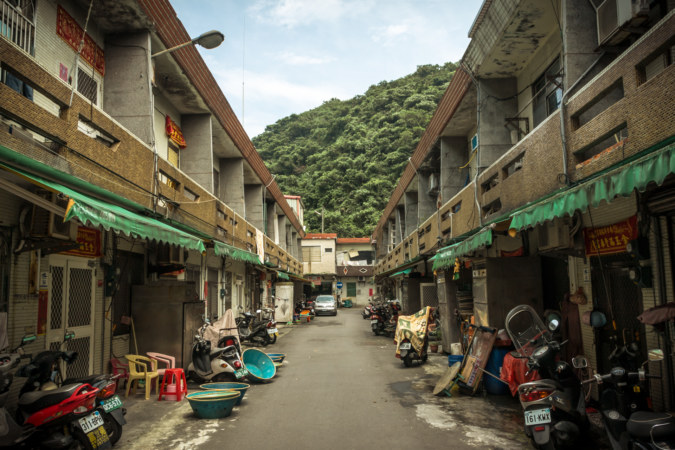
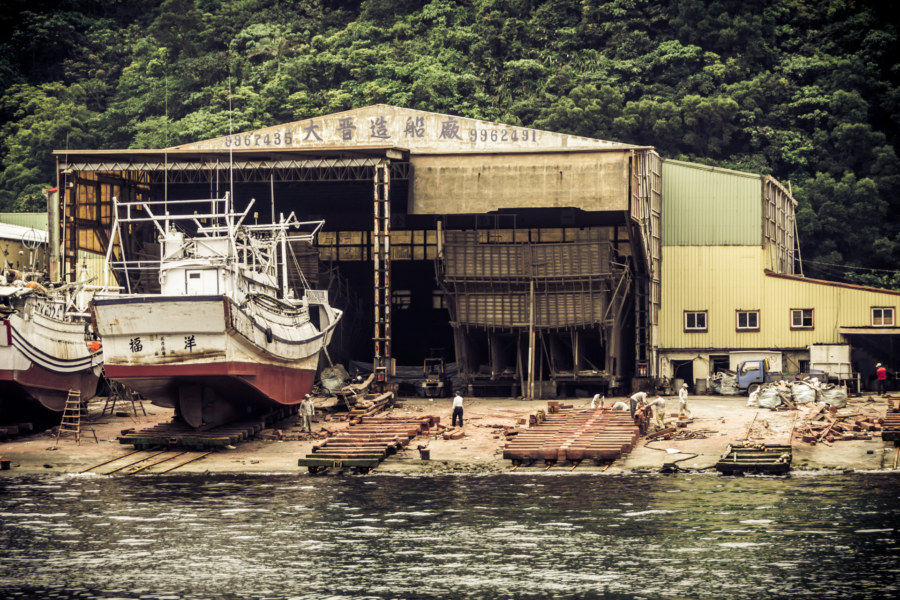
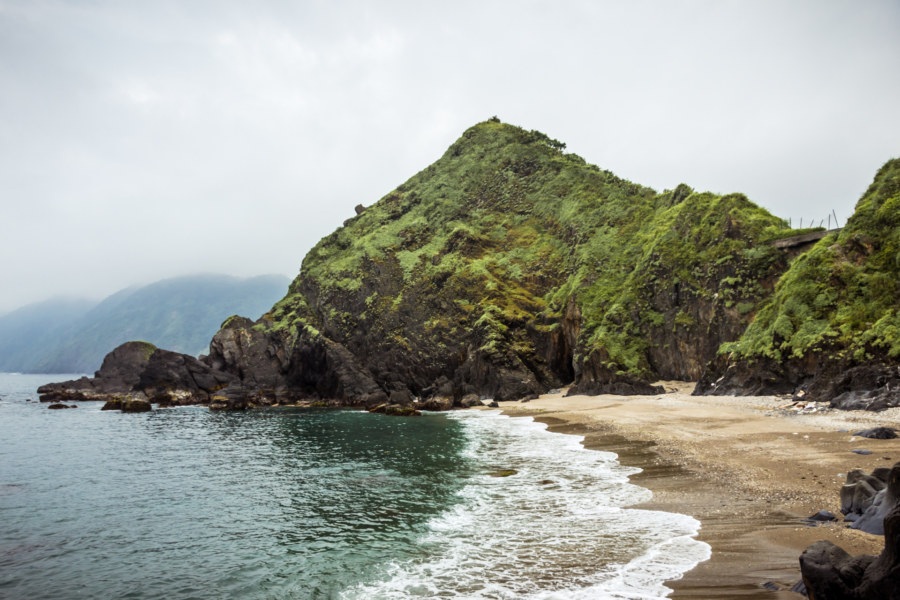
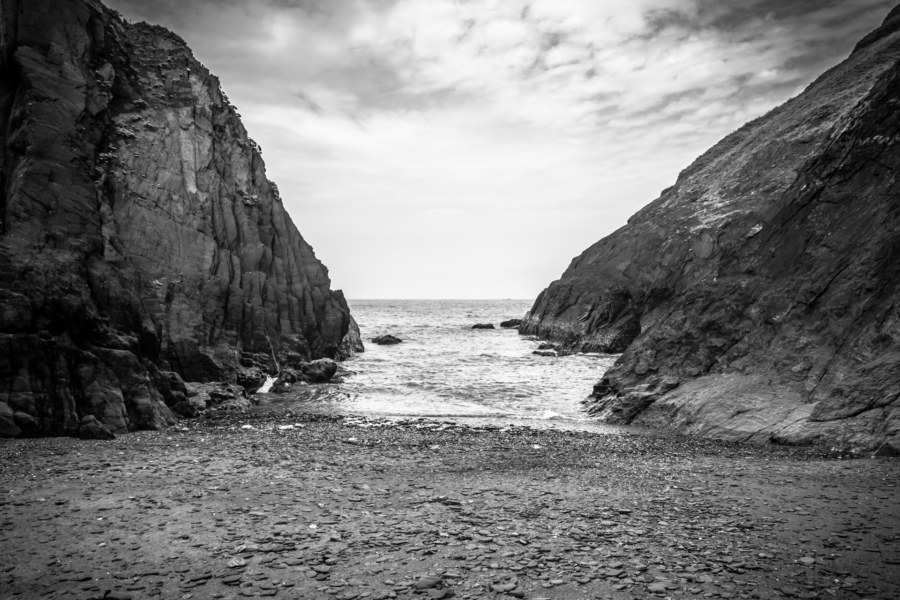
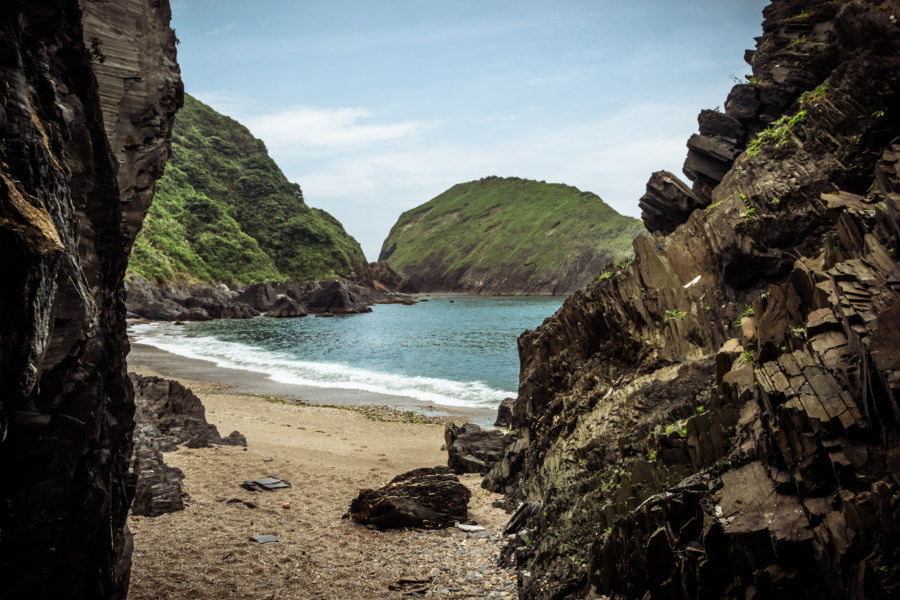
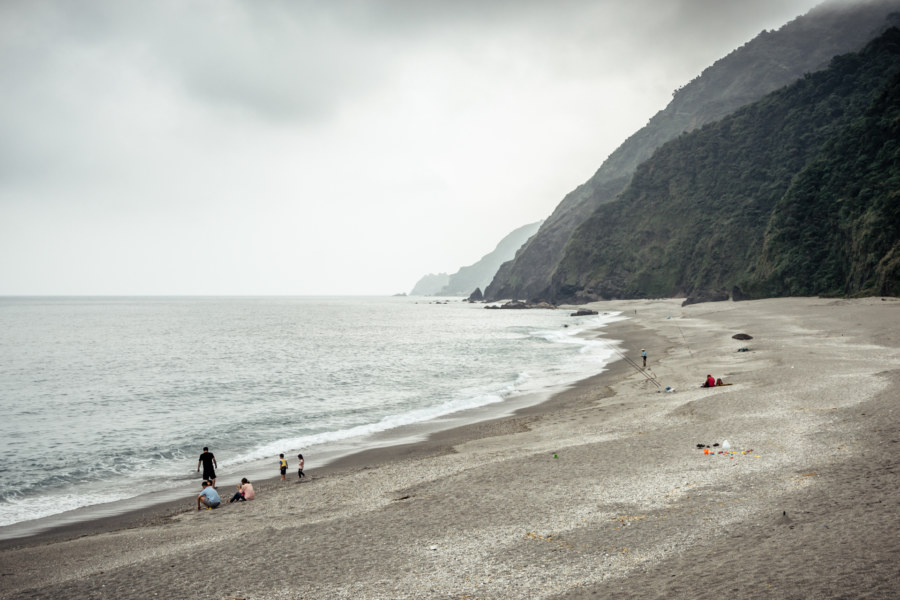
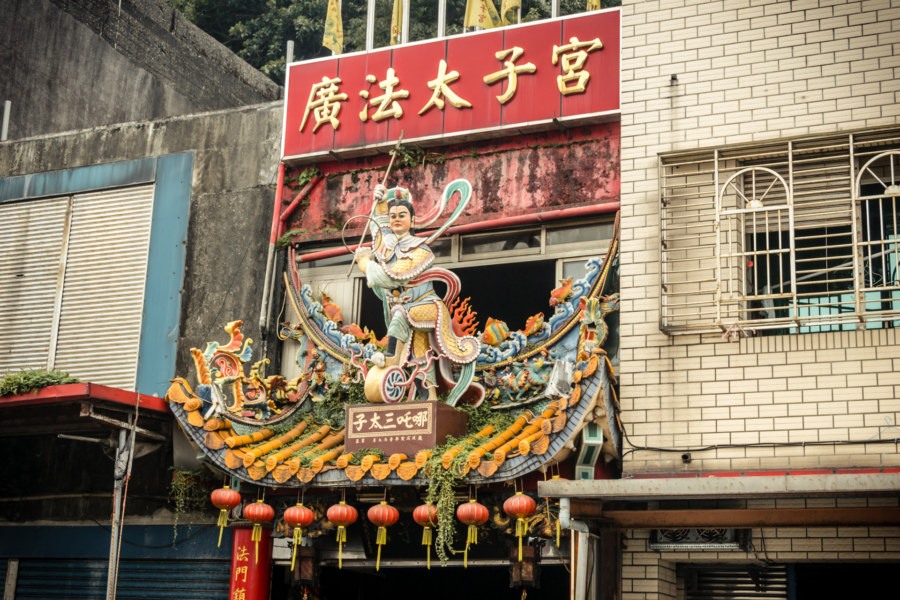
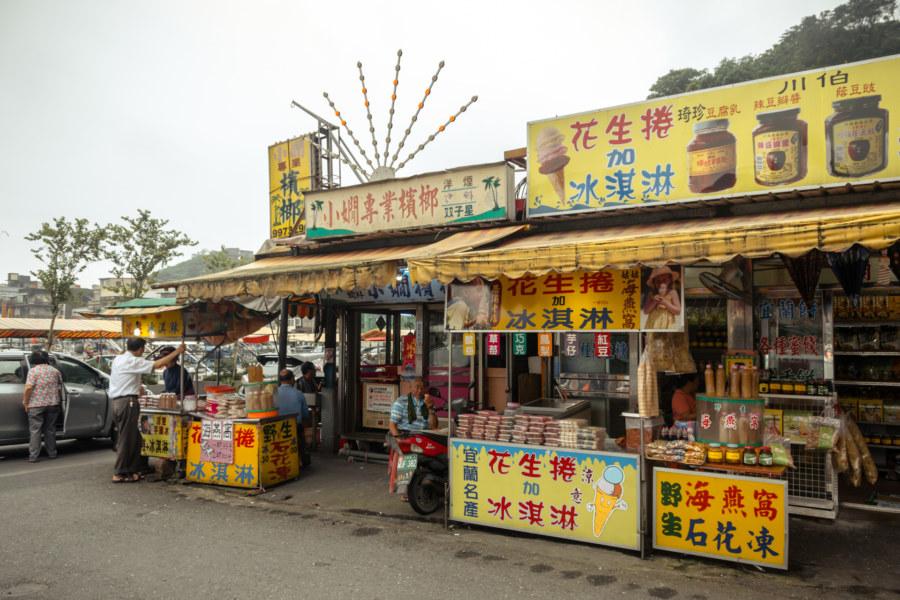
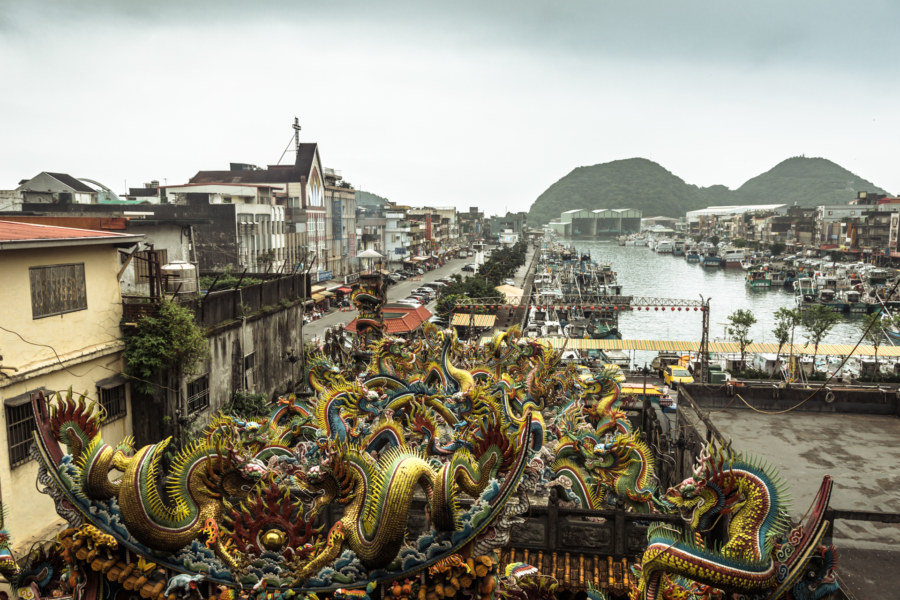
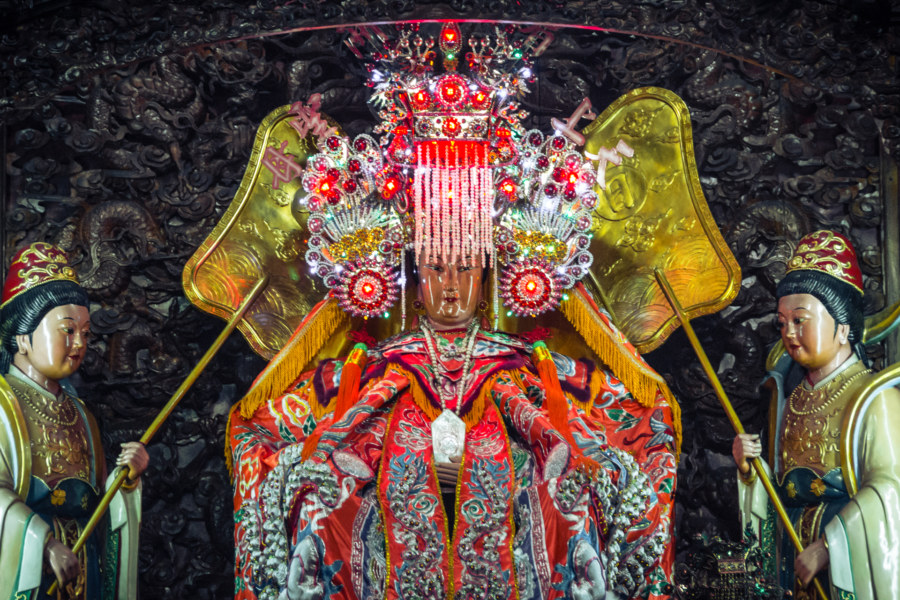
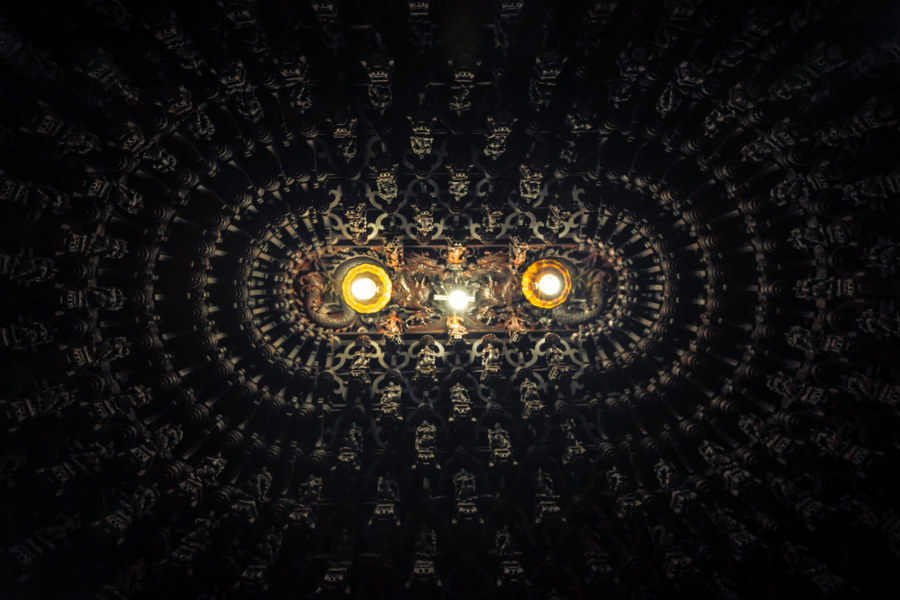
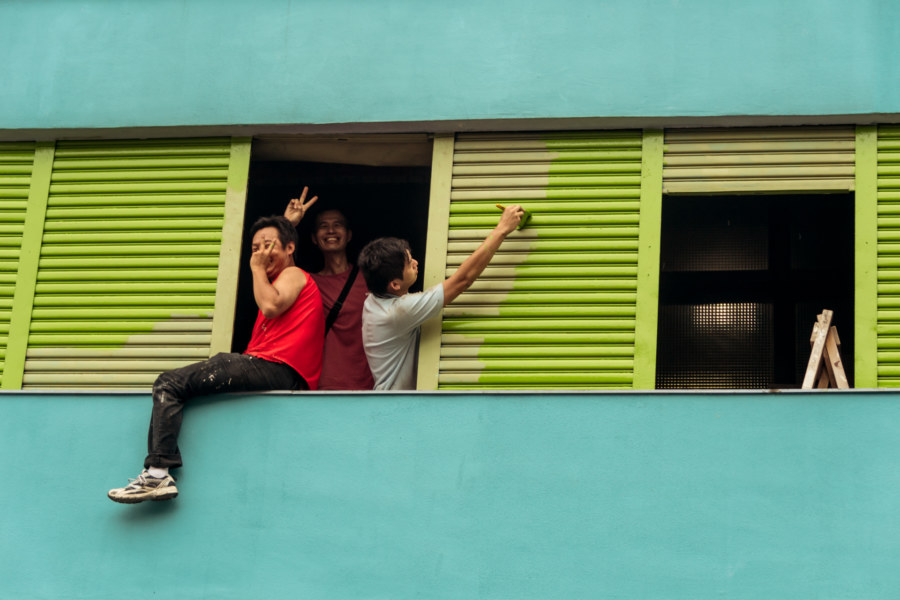
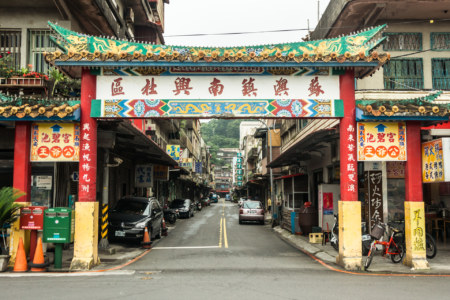
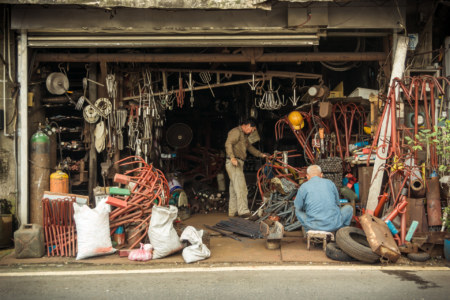

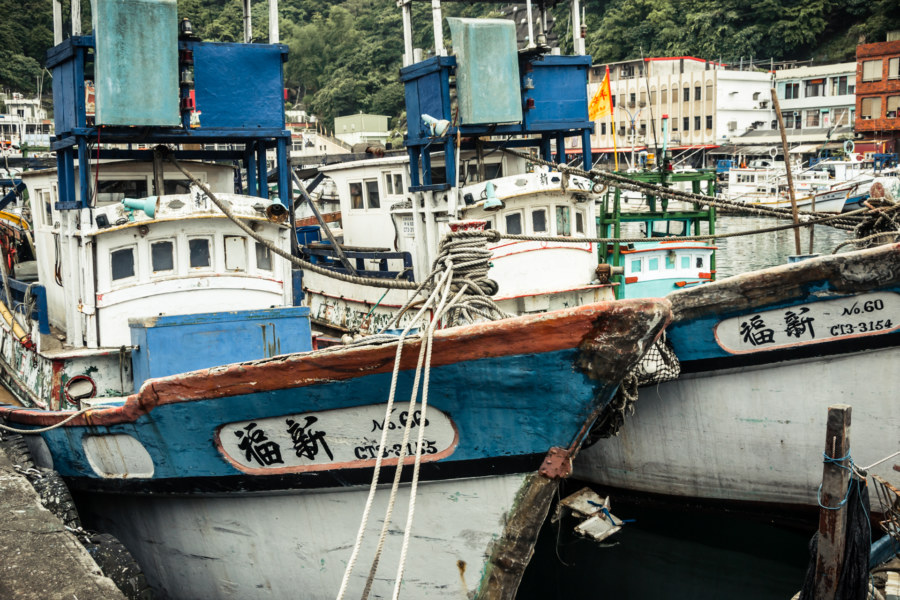
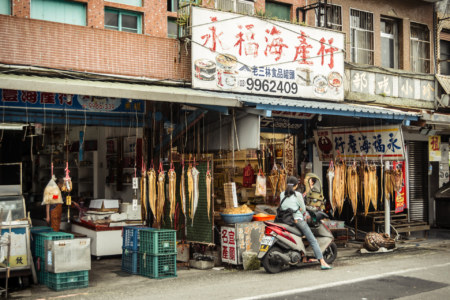
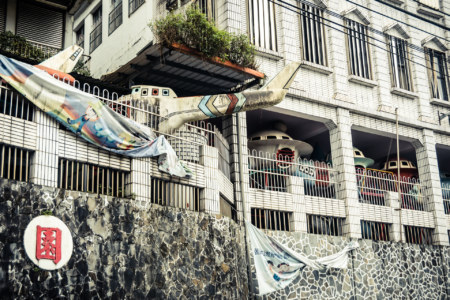
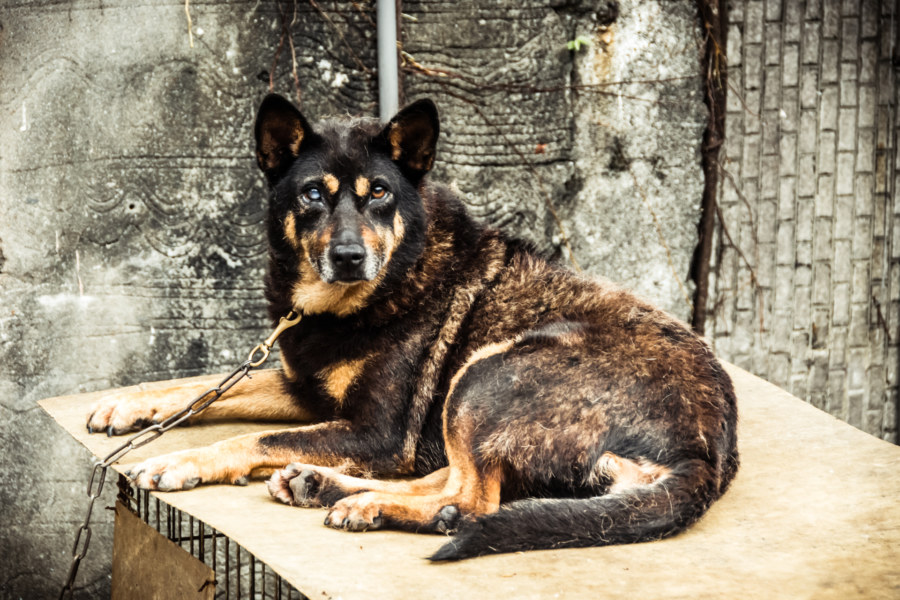
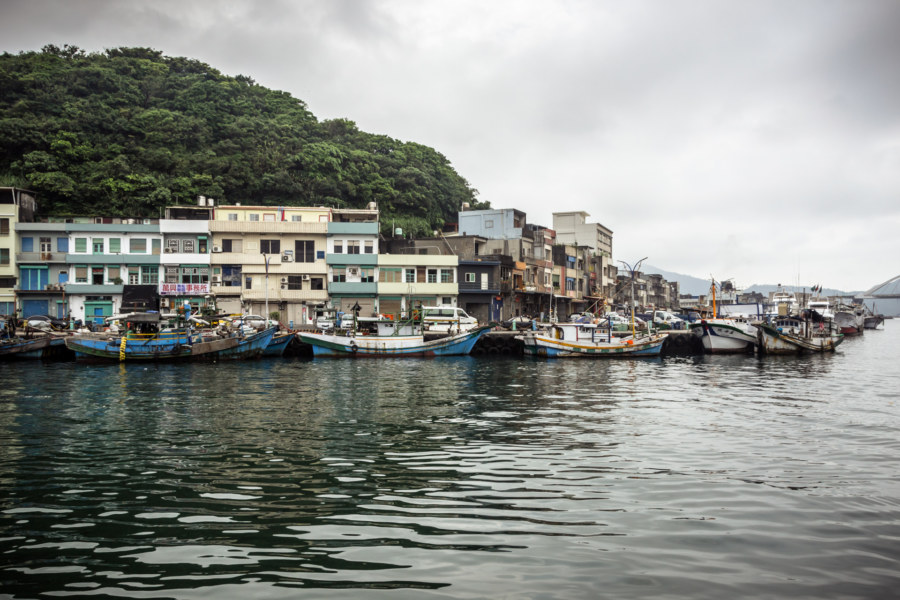
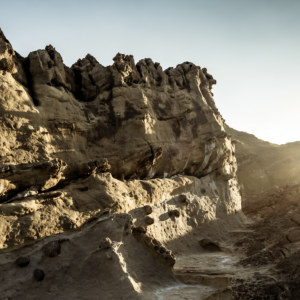
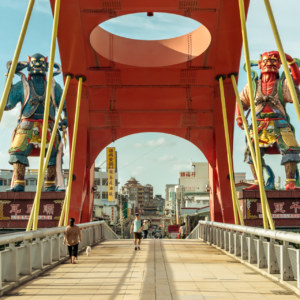
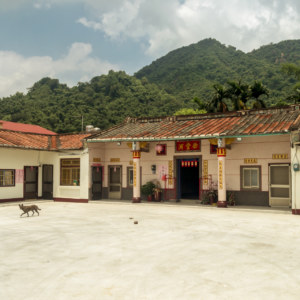
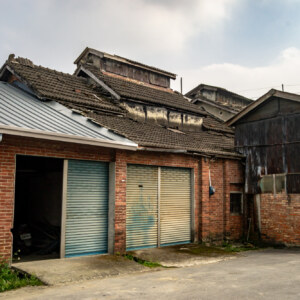
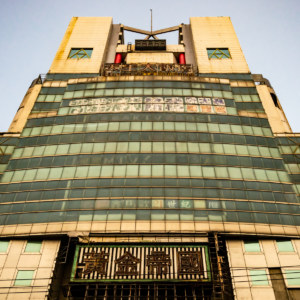
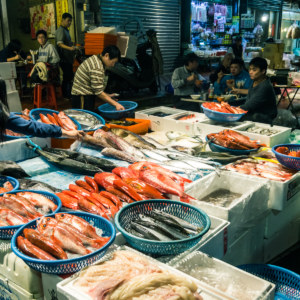
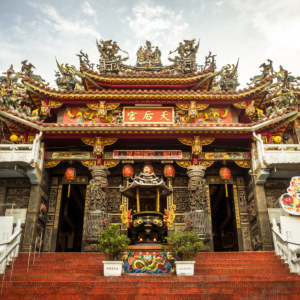
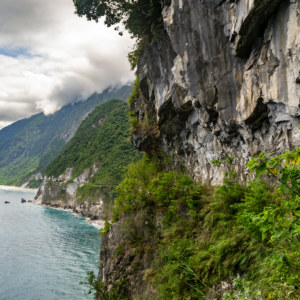
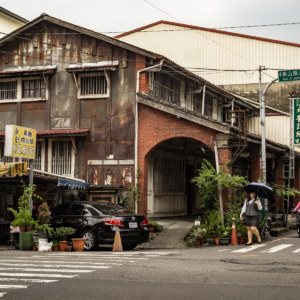
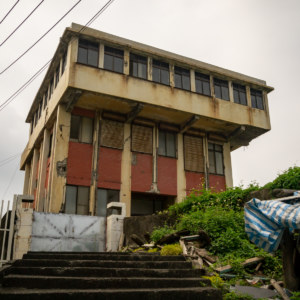
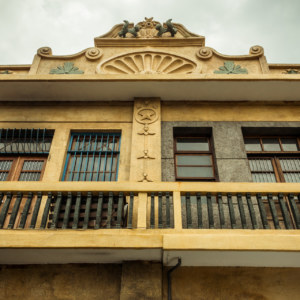
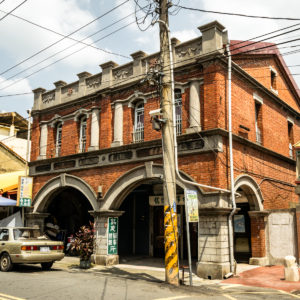
I enjoyed your post, and I like the fact you actually add tones to Pinyin, which are dropped all too often. However, I want to clarify your explanation about the use of apostrophes in Pinyin. According to pinyin.info, an excellent website on the use of Pinyin, the rule is: “Put an apostrophe before any syllable that begins with a, e, or o …”. So, writing “Nanfang’ao” with an apostrophe is correct because the last syllable, “ao”, starts with a vowel.
Here’s a reference for the curious:
http://www.pinyin.info/romanization/hanyu/apostrophes.html
Brian: Thanks for the correction, I’ve updated the post!